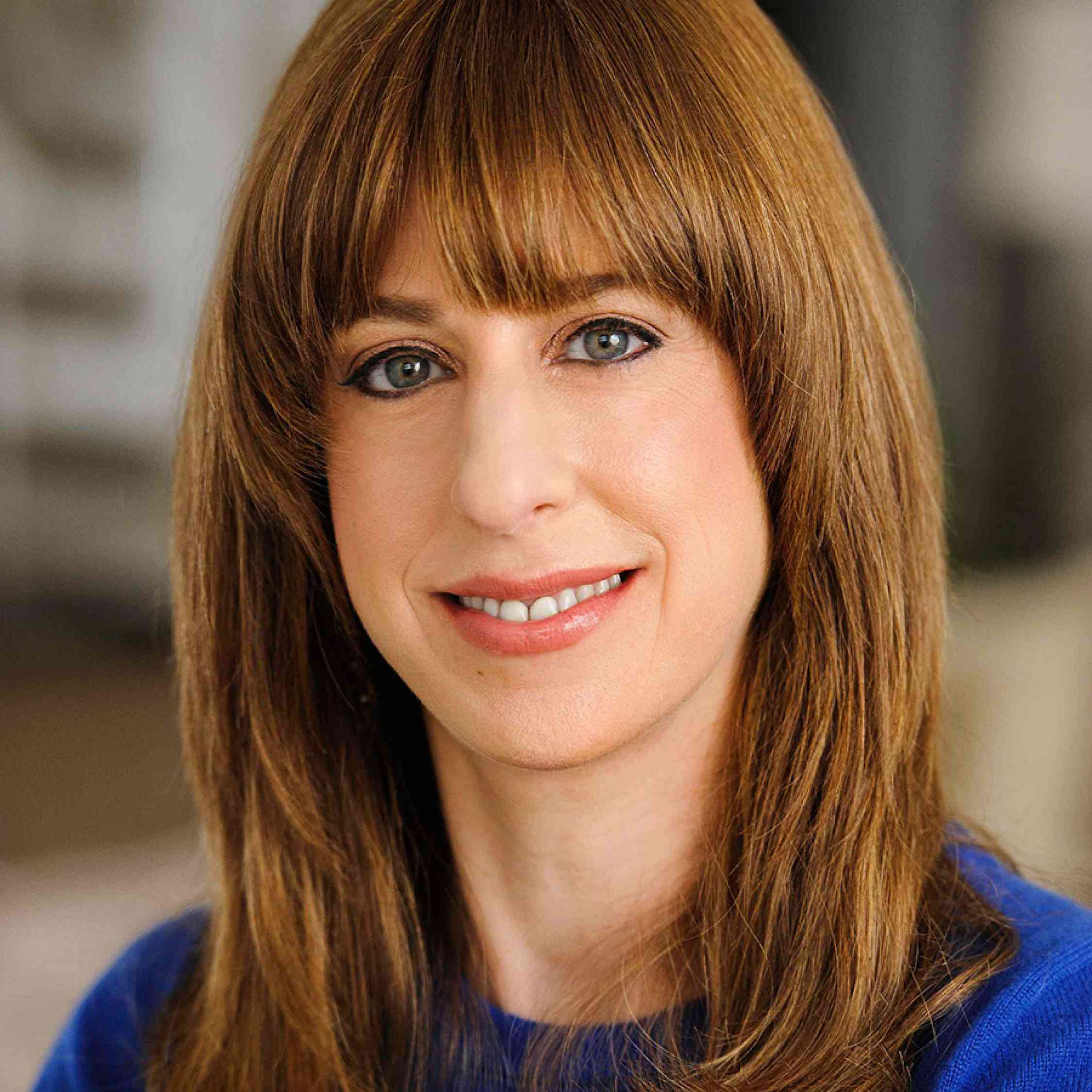Between Tradition and Trend: Popular Culture and Language Use among American Hasidim

|
Yiddish Civilization Lecture Series
Admission: Free |
Chaya Nove | Delivered in Yiddish.
Over the past three decades, there has been a significant rise in Hasidic popular cultural production. Driven by creative energy and a growing demand for culturally suitable entertainment and aided by new technologies that have made production cheaper and more accessible, Hasidim have produced a robust corpus of cultural artifacts and expressions, including theatrical performances, lyrical music, literature, comedy, advertisements, games, and more, all in Yiddish. Within these genres, the interplay between traditionalism and modernity is evident as mainstream American trends, such as musical styles, literary genres, and cinematographic effects, are refracted and refitted in traditional content, such as biblical verses and moralistic tales, resulting in a distinctive Hasidic style. The question arises as to how developments in expressive culture are reflected in the lives of ordinary Hasidic consumers. Based on the sociolinguistic premise that social developments manifest in the everyday language of a group, it is expected that the spoken language will exhibit both signs of innovation and conservatism. In this talk I will provide an overview of Hasidic popular culture and review several sociolinguistic studies whose results, while apparently contradictory, reflect the ideological and cultural diversification within the community, highlighting the capacity of Hasidim to both preserve their traditional lifestyle and adapt to the modern world.
צװישן טראַדיציע און טענדענץ: פּאָפּולערע קולטור און שפּראַכבאַנוץ בײַ אַמעריקאַנער חסידים
אין די לעצטע דרײַסיק יאָר האָט זיך די פּאָפּולערע קולטור בײַ חסידים שטאַרק אַנטװיקלט. אַ גײַסט פֿון שאַפֿערישקייט, אַ פֿאַרמערטער געברויך פֿון „כּשרער“ פֿאַרװײַלונג, װי אויך דער אויפֿקום פֿון נײַער טעכנאָלאָגיע װאָס מאַכט פּראָדוקציע ביליקער און צוטריטלעכער האָבן געפֿירט דערצו, אַז חסידים זאָלן שאַפֿן אַ מאַסיװן קאָרפּוס קולטורעלע פּראָדוקטן, אַרײַנגערעכנט פֿאָרשטעלונגען, לירישע מוזיק, ליטעראַטור, קאָמעדיע, שפּילערײַען פֿאַר קינדער און נאָך – אַלץ אין ייִדיש. אין די אַלע זשאַנערס דערקענט זיך אַ שפּאַנונג צװישן טראַדיציאָנאַליזם און הײַנטצײַטיקייט: טענדענצן װאָס פֿאַרשפּרייטן זיך אין דער אַמעריקאַנער קולטור – װי למשל מוזיקאַלישע סטילן, ליטעראַרישע זשאַנערס, קינעמאַטאָגראַפֿישע עפֿעקטן – װערן פֿאַרטײַטשט און צוגעפּאַסט צו טראַדיציאָנעלן אינהאַלט, װי חסידישע מעשׂיות, מאָראַלישע אָנװײַזונגען אאַז"װ, און דורך דעם שאַפֿט זיך אַ באַזונדערער חסידישער סטיל. שטעלט זיך די פֿראַגע: װי אַזוי טוט זיך דער קולטור־אויסדרוק אָפּשפּיגלען בײַם חסידישן המון־עם? לויט דער סאָציאָלינגװיסטישער הנחה, אַז קולטורעלע אַנטװיקלונגען בײַ אַ גרופּע זעען זיך געװיינלעך אָן אין דער טאָג־טעגלעכער שפּראַך פֿון דער גרופּע, קען מען דערװאַרטן, אַז אין דעם גערעדטן ייִדיש זאָלן זיך אָנזען די זעלבע טענדענצן פֿון קאָנסערװאַטיזם און ענדערונג. אין דעם רעפֿעראַט װעל איך געבן אַן איבערזיכט איבערן מצבֿ פֿון דער פּאָפּולערער קולטור בײַ אַמעריקאַנער חסידים און דערמאַנען עטלעכע סאָציאָלינגװיסטישע פֿאָרשונגען װאָס, כאָטש זייערע רעזולטאַטן קוקן אויס סתּירותדיק, שפּיגלען זיי אָפּ די אידעאָלאָגישע אויסברייטערונג פֿון דער געזעלשאַפֿט און שטרײַכן אונטער דאָס פֿעיִקייט פֿון חסידים סײַ אויפֿצוהיטן דעם אַמאָליקן לעבנס־שטייגער און סײַ זיך צוצופּאַסן צו דער הײַנטיקער װעלט.
About the Speaker
Chaya Nove holds a Ph.D. in Linguistics from the Graduate Center at City University of New York. She studies variation and change in contemporary Hasidic Yiddish, as well as in the prewar Yiddish of the Transcarpathian region. Chaya currently works as a postdoctoral scholar at the University of California (Berkeley), where she assists in the development of the “Corpus of Spoken Yiddish in Europe (CSYE)” based on Holocaust testimonies.




